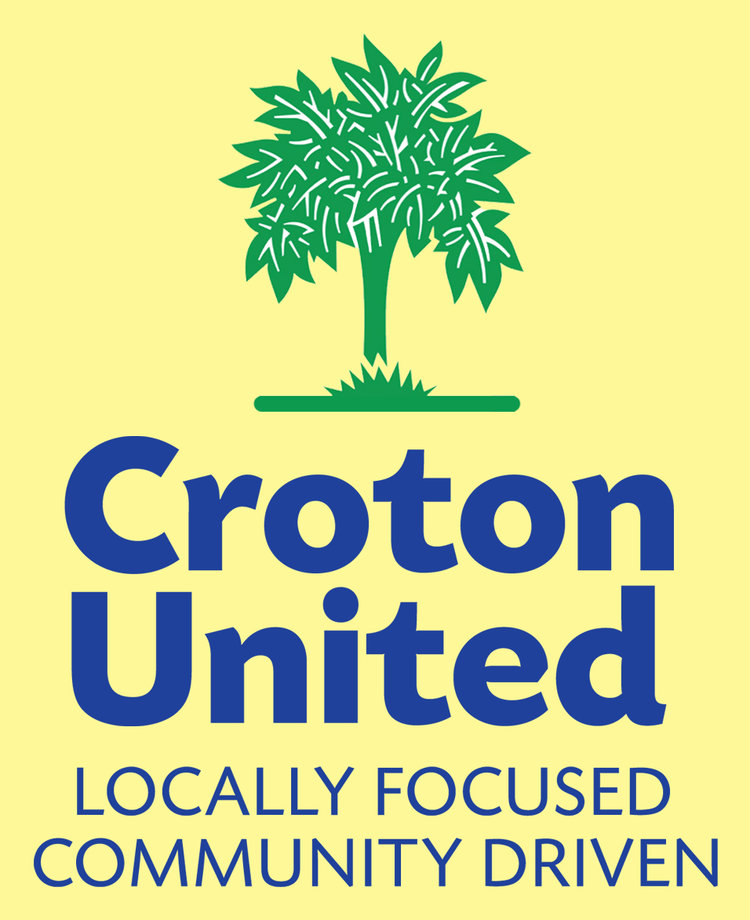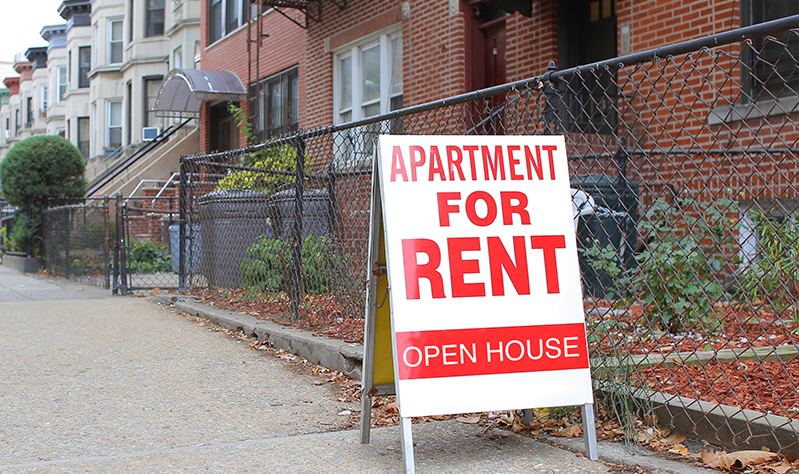The following letter was published in this week’s issue of the Gazette.
To the editor:
There has been some uncertainty as to the economic impact associated with income-restricted apartments on a community. Regardless of how you feel about such development in Croton, it is important to understand the numbers.
The first issue is the cost of development. This involves land acquisition, construction, and ancillary costs. “Affordable” is a term defined by statute, and it includes restrictions on the rent charged to tenants. As a result, government must provide incentives so that developers build “affordable” units rather than market-rate units.
Costs associated with development can be significant. As I outlined previously (The Gazette, week of May 9/15), the Peekskill affordable units targeted at artists required initial subsidies in excess of $265,000 per apartment. The Regent Street project in Port Chester involved $5 million in construction funding from NY State on top of $4.3 million (spent by Westchester County) for land acquisition and infrastructure. So the 34 apartments in Port Chester required $273,000 per unit.
“It is fine to say that Croton should build “affordable” apartments. But we need to account for not only the initial subsidies (which can be in the millions of dollars), but 50 years of property and school taxes which are unlikely to cover the actual costs associated with the additional residents. And we need to remember that just because a building is 80 percent market-rate does not mean that it will pay its fair share of the tax burden.”
The take-away: “affordable” apartments are not cheap, and government often gives land away to private developers as an incentive. That is not an argument against building such apartments, but it does mean that taxpayers need to pay attention to what their elected officials are giving away in order to get “affordable” housing.
Many years ago, Croton paid almost a million dollars for the Katz property and there is a legitimate question as to what development plans the Croton Board of Trustees have for the property. This being Croton, only the insiders know the answer. But if the Board intends to give away Katz to a private developer this should be a discussion conducted in public.
The second issue is the ongoing cost to taxpayers. Back in 2005, New York passed a law restricting how high a municipality can assess an “affordable” apartment complex. (If you want to read the law, Google “rpt 581a”). Various taxes, including school and property taxes, are a function of the taxable assessed value of the piece of property.
Apartments are commonly assessed based in large part on how much income they provide to the landlord. What the 2005 law did was to dramatically shift the burden from landlords to taxpayers on any “affordable” unit.
Many of the monetary benefits which landlords get such as tax credits, subsidized mortgage financing, and project grants (such as the NYSERDA grants used in the Peekskill development) are now excluded from the calculation of landlord income. In addition, the municipal tax assessor is prohibited from using standard assessment metrics such as comparable sale prices. Nor may the assessment of an “affordable” building take account of value from a potential conversion to condo/coop ownership.
The effect of the law can be dramatic. In the first litigation challenging an assessment under the new law back in 2008, a 24-unit development had the assessment reduced from $220,000 down to $6,158 (The Gazette, week of Aug 26/Sept 1, 2010).
Mr. Olver recently discussed the market-rate apartments he wishes to see in Croton (The Gazette, week of May 9/15). Given that the units would be market-rate, the assumption would be that the landlords will pay their fair share of Croton village and school taxes. That assumption would be wrong.
Croton law essentially requires (Section 230-48) that 10 percent of apartments in new buildings must be “affordable” as that term is defined by law. Croton can also grant incentives (such as floor-area-ratio waivers, height waivers, etc.) to developers who voluntarily provide more than the legal minimum of “affordable” units. Under state law, once there is a 20 percent “affordable” component, the tax assessment of the entire building falls under the lower assessment criteria.
This should be a concern to Croton taxpayers and also to those living in the Croton Harmon Union Free School District (CHUFSD). This affects taxpayers living outside the Croton electoral district.
Some taxpayers who pay school taxes don’t live in the electoral district of the Croton Board of Trustees. If the village grants benefits to a private real estate developer in exchange for a 20 percent “affordable” set-aside, then that building will have a CHUFSD school tax payment which quite likely will be less than the landlord’s fair share. That may not matter much if it is a senior-restricted development, but it is very important if the development has many school-age residents.
Under Croton’s law, the “affordable” units must remain that way for 50 years. Most of us will be retired or dead while future CHUFSD taxpayers will still be paying higher taxes so that landlords can get a break, even if 80 percent of his units are market rate.
Decisions made by the Croton Board of Trustees in 2019 are going to be burdening taxpayers in 2069. Those burdens will be falling on many homeowners outside of Croton: even if they don’t have children in Croton schools, they will be paying higher taxes to subsidize people living in apartments—even those renters in market-rate units who have a higher income.
NYS affordable assessment law presumes that the landlord will be honest. But as we have seen with efforts to game the rent laws in NYC, landlord accounting for operating expenses can be…. Um, let’s just call it “creative accounting.”
That was one of the issues in an “affordable” tax assessment case upstate back in 2015. The town basically said the landlord was claiming bogus expenses and fudging income numbers. So instead of the $350,000 assessment under the special NYS law, the town assessed at the market rate for such an apartment building—$4,543,059. In that case, the town board entered into an “Executive Session” (much like the tactic of our Croton board). The court found that the board’s executive session was illegal (no surprise there), but the court still held for the town on the issue of the tax assessment.
Since the Croton Board of Trustees is determined to have “affordable” apartments lining Riverside, at very least they should institute a mandatory audit procedure to ensure that landlords don’t submit creative bookkeeping. Given past history, the Board of Trustees would be well advised to not try and review the records themselves; a CPA with knowledge of audit and property management accounting should be retained.
It is fine to say that Croton should build “affordable” apartments. But we need to account for not only the initial subsidies (which can be in the millions of dollars), but 50 years of property and school taxes which are unlikely to cover the actual costs associated with the additional residents. And we need to remember that just because a building is 80 percent market-rate does not mean that it will pay its fair share of the tax burden.
Paul Steinberg

